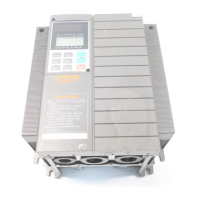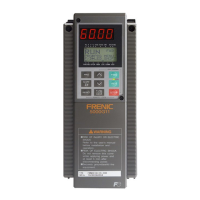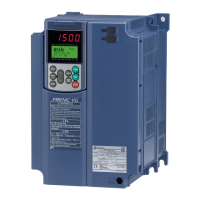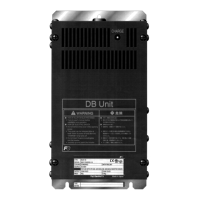7
4 Transmission method
The polling/selecting system is applied to the response message feature. The inverter is always waiting the
selecting (writing request) and polling (reading request) from the host unit.
When the inverter receives a request frame from the host during waiting state and judges for it to be a correct
receiving, the inverter processes for the request and returns an affirm response frame (in a case of polling,
returning the data together with the affirm response frame). If judging it not to be normally received, the inverter
returns a negative response frame. Further, in a case of broadcast (selecting all terminals in a lump), the inverter
does not return the response.
Polling
Request frame
Host Reading request
Inverter
Response + Data
Response frame
Selecting
Request frame
Host
Writing request + Data
Inverter Response
Response frame
Broadcast
Request frame
Host
Writing request + Data
Inverter
Description
)
))
)
Broadcast
(selecting one lump of all terminals)
A frame set with station address of 99 is treated by all inverters as broad cast. By using broadcast,
operation commands and frequency command can be give all the inverters in a lump. (The writing of S01 –
S06 ['W', 'E' commands] in the standard frame and 'a' – 'f' and 'm' commands in the option frame are only
valid.)
4-1 Transmission frame
In the transmission frames, there are standard frames that can use all communication functions and option
frames that are limited to the command and monitoring to inverter but can perform high-speed communication.
In both standard frame and option frame, all characters (including BCC) configuring the frame is expressed with
ASCII code.
The lengths of transmission frames become shown in the following table.
Sort of frame Frame length
Request 16 bytes Selecting
Response 16 bytes
Request 16 bytes
Standard frame
Polling
Response 16 bytes
Request 12 bytes Selecting
Response 8 bytes
Request 8 bytes
Option frame
Polling
Response 12 bytes

